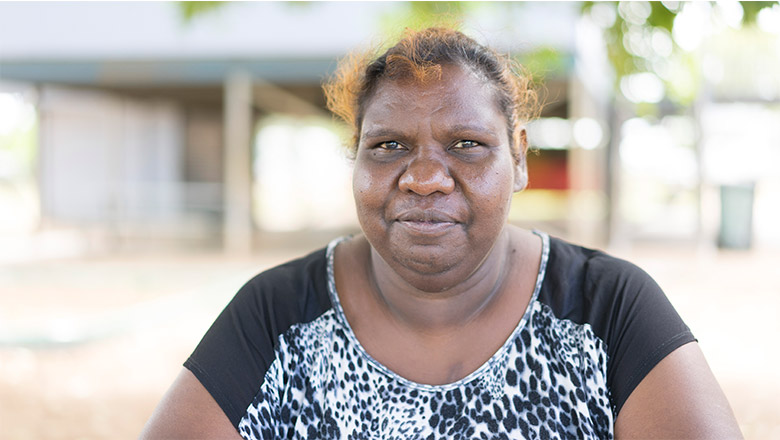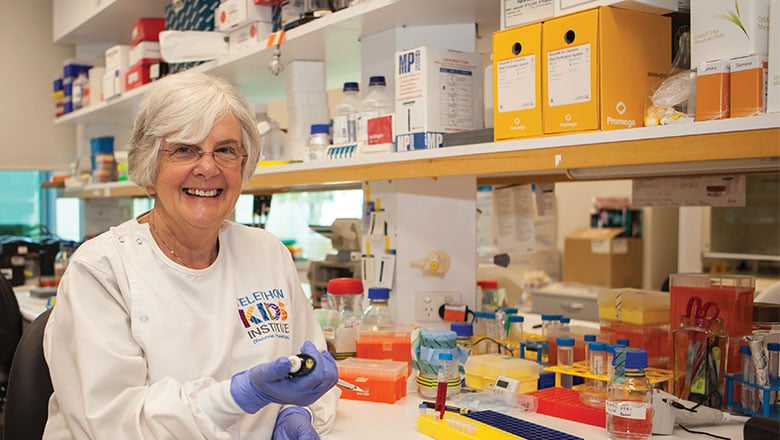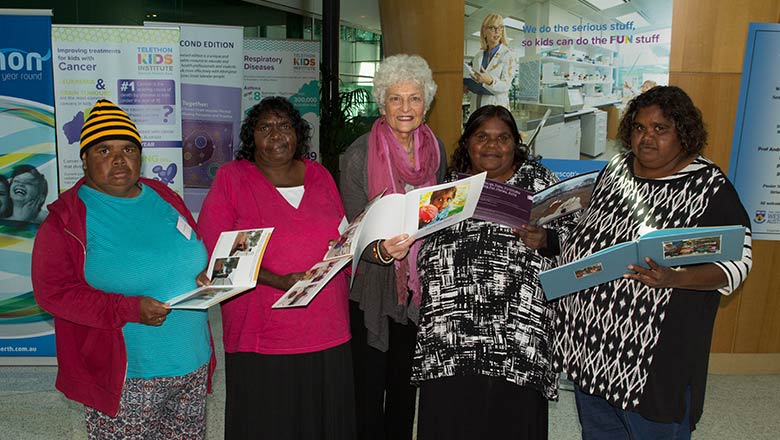Search
News & Events
New Study Focuses on Teen Sex IssuesWestern Australian researchers are surveying secondary school students to find out what factors put young people at risk of unintended pregnancy.
News & Events
Report finds most programs ineffective for Aboriginal childrenThe largest survey ever undertaken of Aboriginal children and families has thrown new light on why most existing intervention programs are failing.
News & Events
High stress burden takes toll on Aboriginal childrenA landmark new report on the social and emotional wellbeing of Aboriginal children
News & Events
Aboriginal researcher receives Fiona Stanley MedalAboriginal researcher Annette Stokes has been awarded the Fiona Stanley Medal for her commitment to improving child health and wellbeing.

News & Events
New grant to upskill local Aboriginal women as community health researchersAboriginal women in Western Australia's Kimberley region will be become qualified as community health researchers thanks to a grant awarded to The Kids.

News & Events
A new approach for research with Aboriginal communitiesWinning the support of a remote Aboriginal community paved the way for a pioneering genetics study.

News & Events
Boosting literacy in Aboriginal kidsAn NHMRC grant to develop a program to improve school outcomes in the Ngaanyatjarra lands has helped create books reflecting Aboriginal experiences.
Research
Total population investigation of dental hospitalizations in Indigenous children under five years in Western Australia using linked dataThe aim of this study was to compare dental hospital admissions in a total state birth population of Indigenous and non-Indigenous children aged under five...
Research
Crowding and other strong predictors of upper respiratory tract carriage of otitis media-related bacteriaStreptococcus pneumoniae, Moraxella catarrhalis, and nontypeable Haemophilus influenzae is associated with otitis media
Research
Acute lower respiratory infections (ALRI) in Indigenous and non-Indigenous childrenIn Australia and many other developed countries, acute lower respiratory infection (ALRI) is one of the most common reasons for hospitalisation in young...
